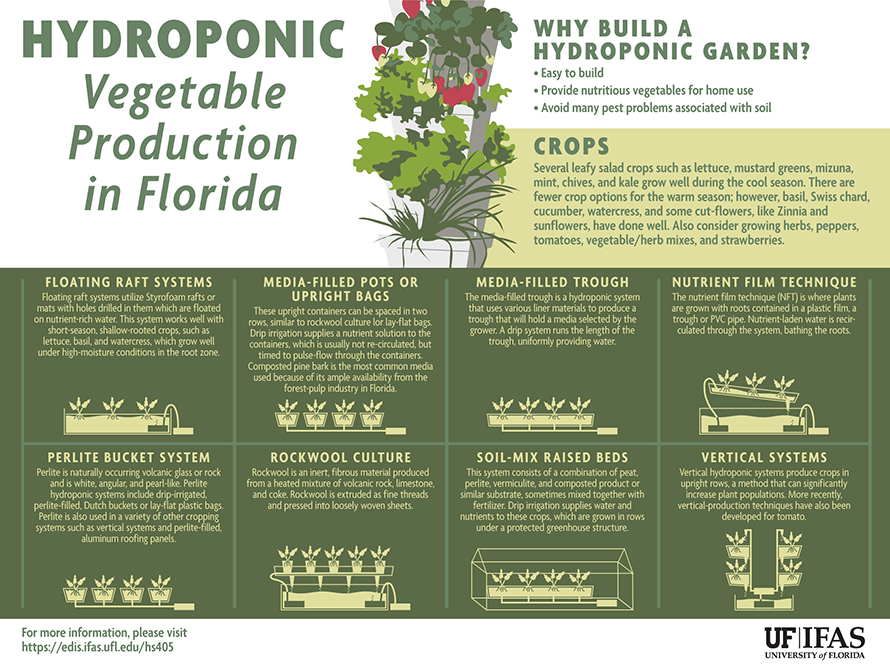Protecting Your Landscape: Replanting After Tree Removal
Protecting Your Landscape: Replanting After Tree Removal
Blog Article
Authored By-Donovan Harper
Tree removal can leave a space in your landscape that requires dental filling. You can grow something brand-new because room, yet it takes extra care and focus at the beginning to assist it flourish.
The dirt in that area will keep changing in time as microorganisms break down the old roots. That can impact the nutrition balance and physical space for brand-new development.
Dirt
The dirt in a plot where a tree has been removed is most likely to be really various from the rest of your yard or lawn. The origins of the old tree and the stump will have altered the dirt, eliminating some nutrients and potentially crowding out other plants. Additionally, if the previous tree was infected, the transmittable representative may still be in the ground.
The presence of origins fosters an abundant and diverse area of dirt bacteria that improves vital procedures like vitamins and mineral cycling and raw material decomposition. Without these microbes, the displaced dirt can come to be less fertile and nutrient-depleted, with an adverse effect on plant growth.
Prior to replanting, the soil should be eliminated of debris and natural material (such as wood chips from stump grinding). You might want to mix in potting dirt or native dirt with this garden compost to give your new planting with an atmosphere that is well balanced and full of nutrients.
Water
Tree origins take in large amounts of water from the dirt. This procedure also adds nutrients back to the dirt, particularly nitrogen, which is vital for new trees and plants. Regrettably, old soil can be depleted of these vital minerals because of the decaying origins and stump from an eliminated tree.
This is why it is very important to have a prepare for the future of your landscape. Preferably, the most effective time to plant is when you have a clean slate.
Whether you're planting yard or blossoms, see to it to use a soaker hose pipe to stay clear of overwatering your new landscaping. If the area was a garden, ensure to cover the soil with natural mulch to assist maintain dampness in the soil, control dirt temperatures and suppress weeds. This also gives a layer of security for young plants and advertises worm task. After that, routinely replenish the mulch to proceed improving the dirt nutrient density and microbial life. This is known as soil repair.
Light
Trees are a terrific addition to any type of landscape, supplying shade, visual pulchritude, and many various other advantages. However, in some cases trees end up being unsightly because of a selection of reasons, including illness, bug problems and all-natural aging.
In such instances, it may be needed to remove a tree. It is very important to take into consideration the worth of a certain tree in your landscape design and take the proper steps to make certain that the elimination is done safely and successfully.
During the late summer, it's an optimal time to perform upkeep and assessments on existing trees. Search for signs of illness, insect problems, or architectural damages, as well as any prospective risks such as weakened or leaning trees.
Before starting any building and construction projects, be sure to shield the origin zones of existing trees by preventing soil compaction and grading around them. Raw material, as it breaks down, can produce poisonous gases that are detrimental to the origins of a tree. It's likewise an excellent idea to mulch the area around a tree after construction has finished to save dampness and reduce weed development.
Temperature level
Trees are very important to a landscape for their aesthetic appeal, yet they also play a vital duty in the neighborhood environment by providing color and windbreaks. They support wildlife habitats and lower the quantity of co2 airborne, which can contribute to international warming. This is why it is recommended to replant trees after removing one from the home.
When replanting Link Website -new tree in the area of a previous stump, the dirt may not have sufficient nutrients to sustain it. It is best to await a year before planting to make certain that the dirt will certainly be abundant in nutrients.
To make certain that replanted trees thrive, it is essential to provide them with appropriate treatment. A layer of compost will maintain dirt moisture from vaporizing, manage soil temperature, and assistance suppress weeds. Organic mulch is the recommended option since it improves dirt fertility. Recurring fertilizing and insect control are likewise essential for replanted trees.